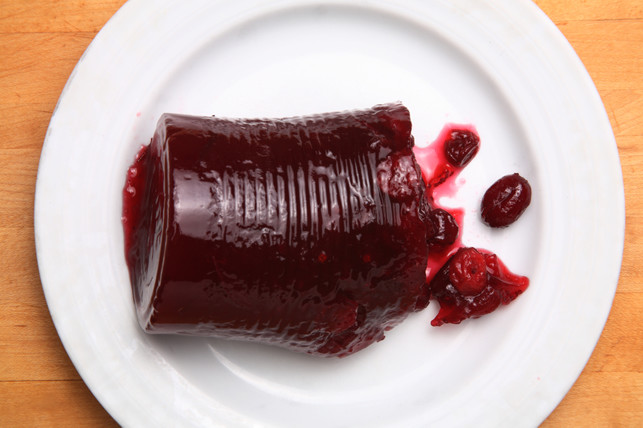It’s easy to monitor your child’s oral health when they are at home, but not so much when they are outside of your parental guidance. When they are at school lunch, your child is exposed to an array of food options that aren’t very healthy for their teeth. To help parents, we’ve chosen some of our favorite mouth-healthy foods that you can pack in your kid’s lunch!
Cheese
Cheese is high in calcium, which promotes strong teeth. But the benefits of cheese don’t end there. It also contains a protein called casein which strengthens tooth enamel and helps to prevent cavities. Try adding a couple of slices of cheese to your child’s lunch every day to give them more calcium and casein. Or, you can buy them string cheese since it is a fun snack that kids love to eat!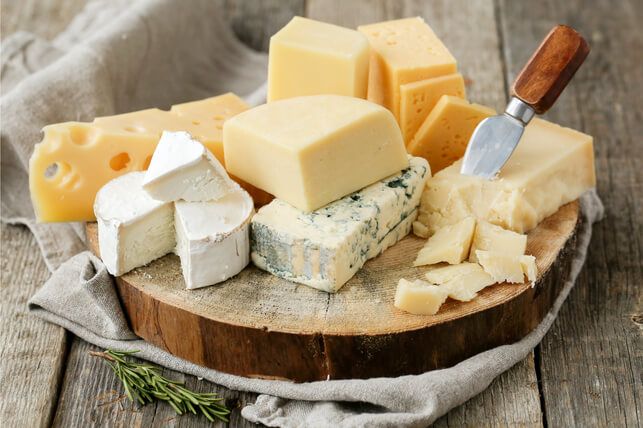
Carrots
Carrots are full of fiber and vitamin A. As you eat carrots, they stimulate saliva production which helps prevent the buildup of bad bacteria that can lead to cavities. Carrots are a great handheld snack that can be taken anywhere – which makes them easy to pack in a lunch! We suggest packing a small baggie of baby carrots for your child’s lunch as a mouth-healthy substitute for chips. You can make this snack even tastier (and more kid-friendly) by packing it with a bit of yogurt-based dip!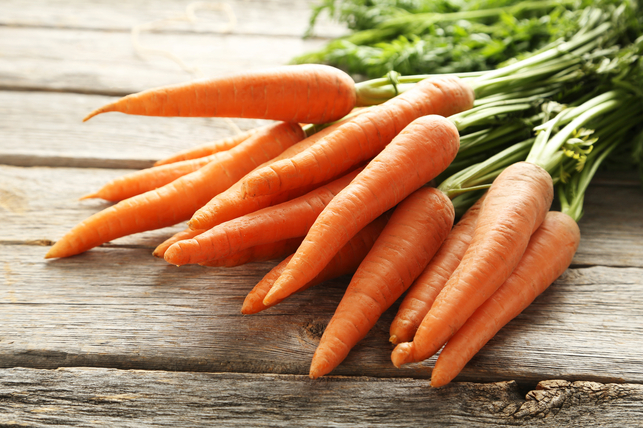
Yogurt
Like cheese, yogurt is high in calcium and casein, but it also contains a high amount of healthy bacteria. The healthy bacteria in yogurt helps fight the bad bacteria that can stick to your teeth and lead to cavities. Look for yogurt that is non-fat, and has less sugar than some that contain fruit and other added flavors. We suggest packing it in your child’s lunch with a bag of fresh fruit and maybe a bit of granola, to make it more enjoyable.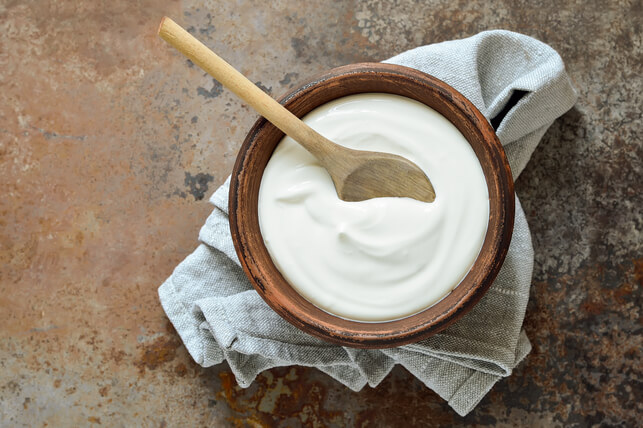
Apples
Apples are high-fiber fruits, which naturally clean teeth as they’re being eaten! Apples scrub your teeth, gums and tongue as they’re being eaten because of their fibrous texture – particularly the skin. This helps fight plaque buildup, and helps remove surface stains from teeth. Apples also fight bad breath by removing traces of bad plaque and residue from the back of the tongue. We suggest adding apple slices into your child’s lunch as a dessert substitute. Keep the skin on the apple slices, so that your child gets all of the oral health benefits.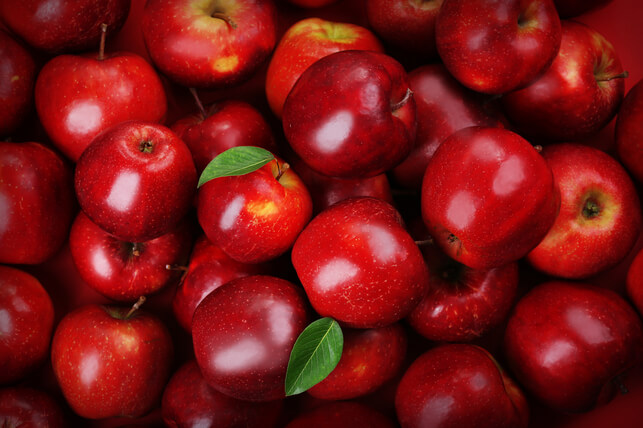
Encourage Your Child to Rinse after Lunch
If your child is able, ask that they swish clean water in their mouth for 30 seconds, and then spit into a sink immediately after lunch. This will help rinse away food debris that can lead to cavities and tooth decay.
Visit Our Office
Proper diet is key for a healthy mouth, so it’s important that you pay attention to your child’s nutrition. To help fight cavities, limit the amount of sugar they consume, and feed them more mouth-friendly options. Also, be sure that they brush their teeth twice per day and floss once per day, to remove any food debris that can cause tooth decay. Schedule an appointment with our office if you would like to know more about a mouth healthy diet, and other ways that you can help fight cavities at home.






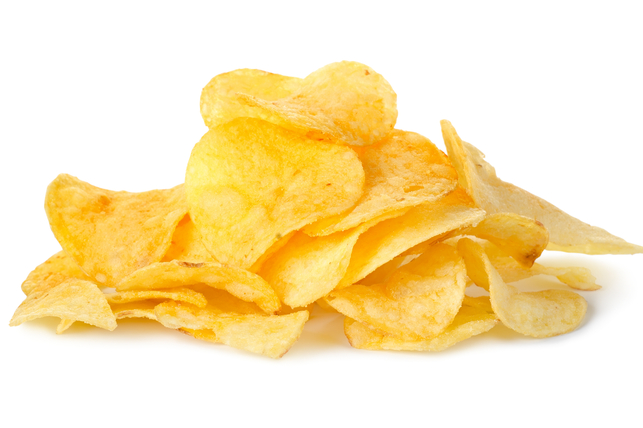
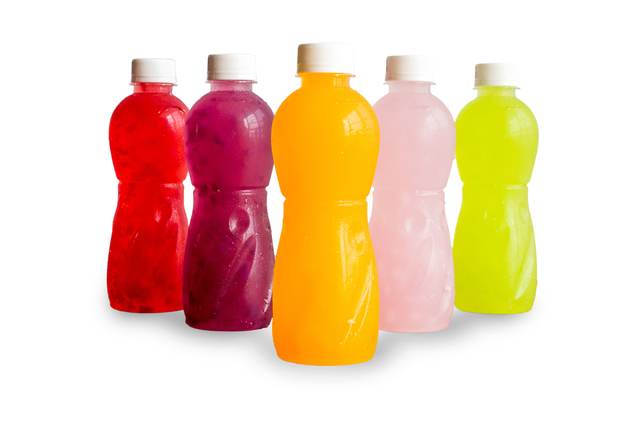
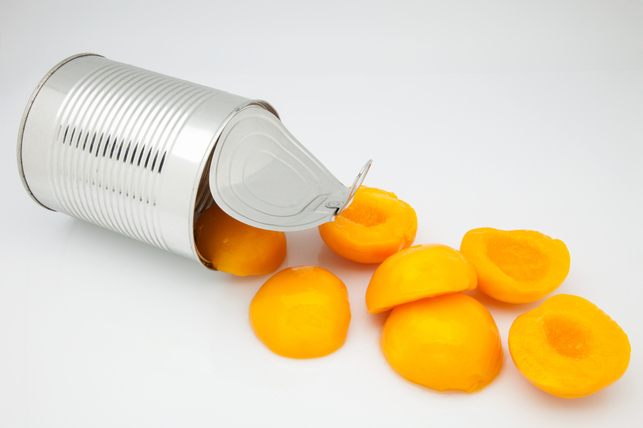






 February is National Children’s Dental Health Month, and the theme this year is “Choose Tap Water for a Sparkling Smile.” National Children’s Dental Health Month is organized by the American Dental Association (ADA), and brings together dental professionals, healthcare providers and educators to promote the benefits of oral health to children. Tooth decay is the most prevalent – and preventable – disease in children, but drinking more tap water can help prevent cavities. Drinking more water has a number of practical benefits which help improve oral health.
February is National Children’s Dental Health Month, and the theme this year is “Choose Tap Water for a Sparkling Smile.” National Children’s Dental Health Month is organized by the American Dental Association (ADA), and brings together dental professionals, healthcare providers and educators to promote the benefits of oral health to children. Tooth decay is the most prevalent – and preventable – disease in children, but drinking more tap water can help prevent cavities. Drinking more water has a number of practical benefits which help improve oral health.



